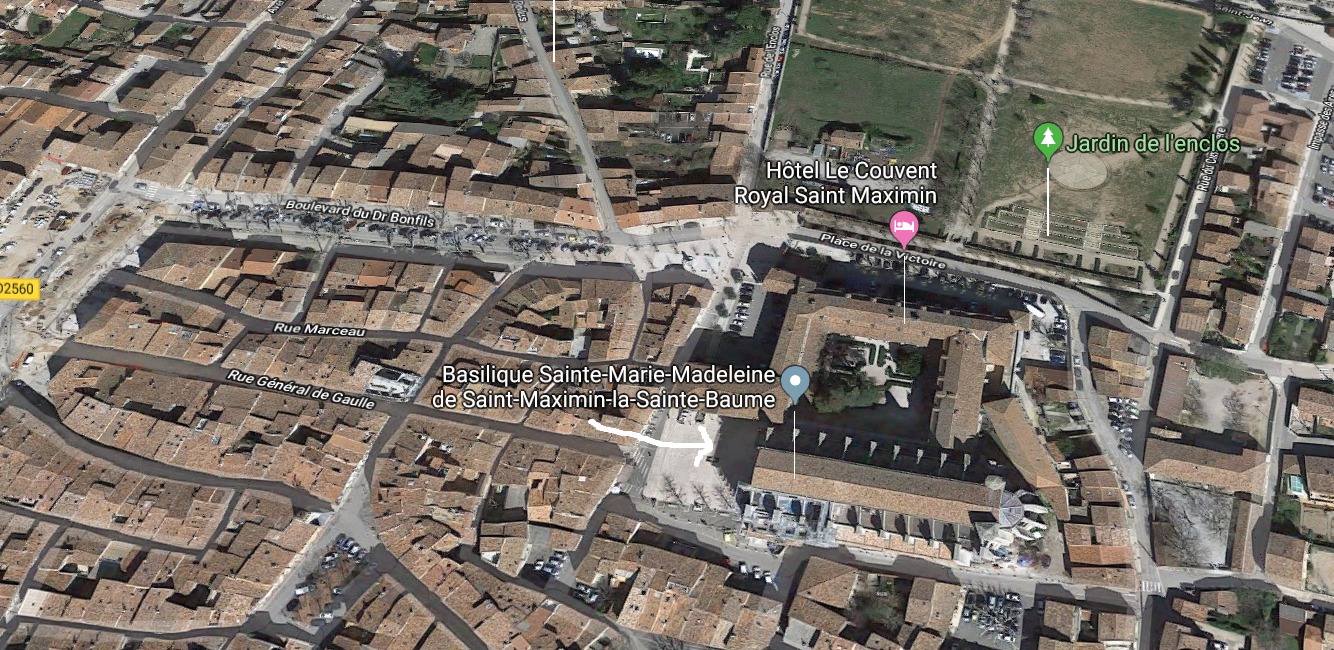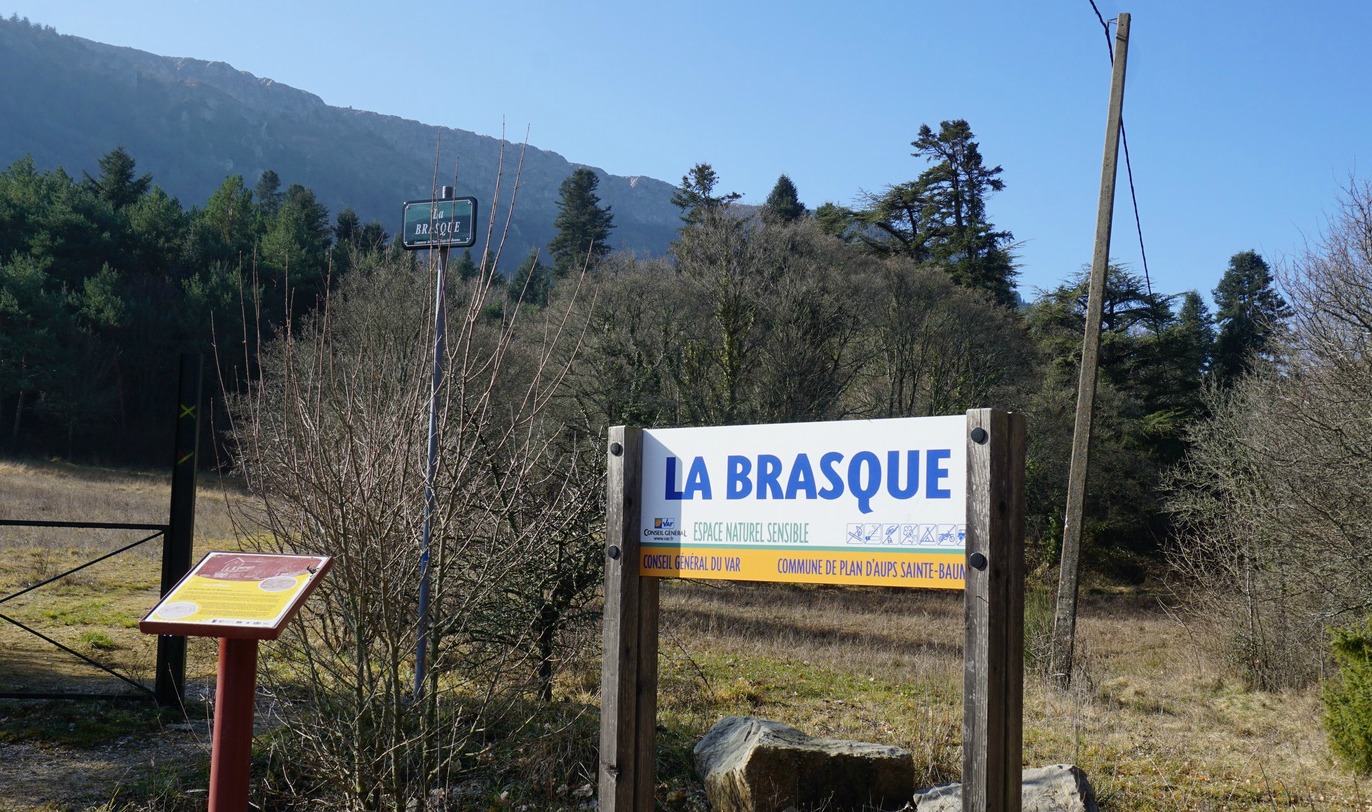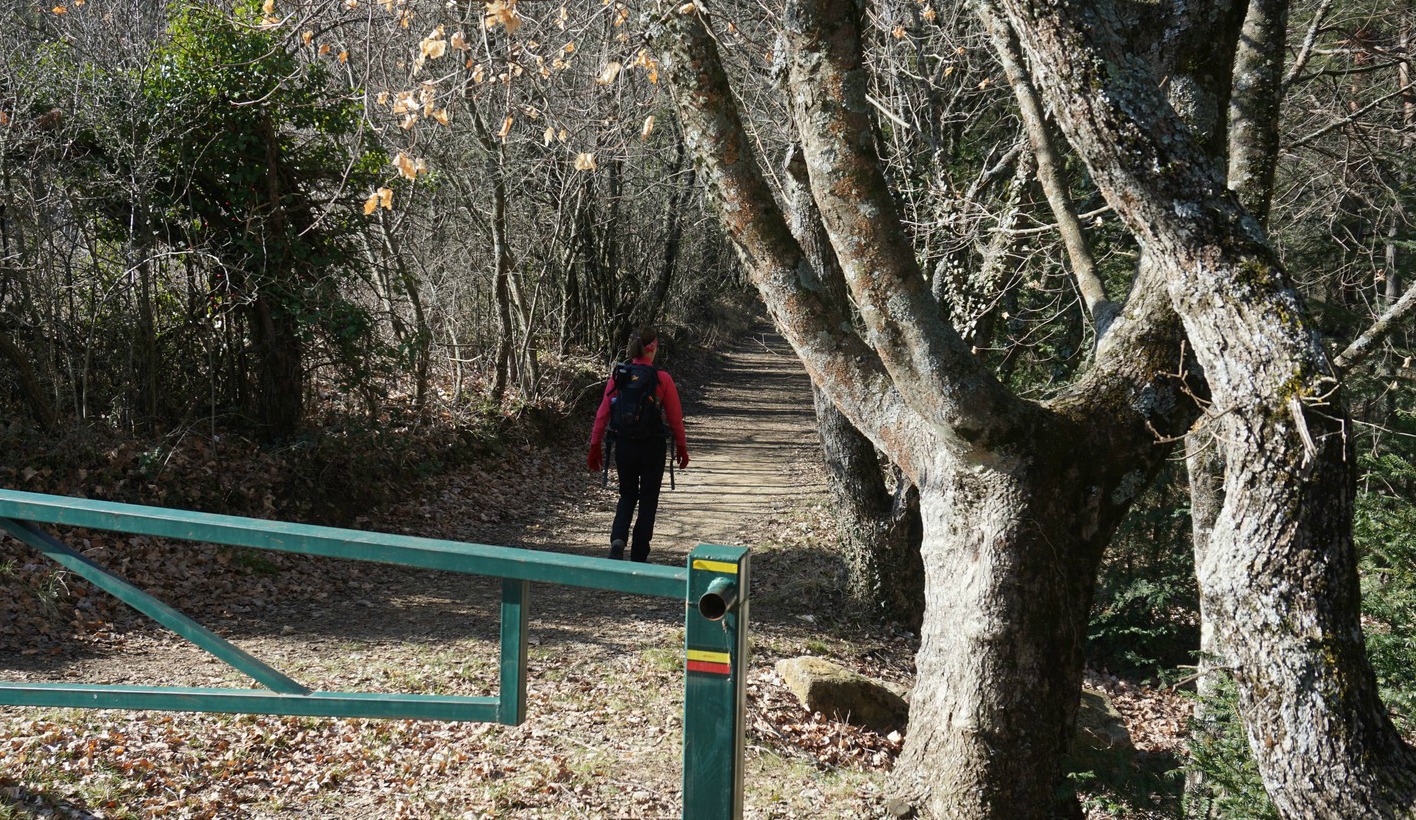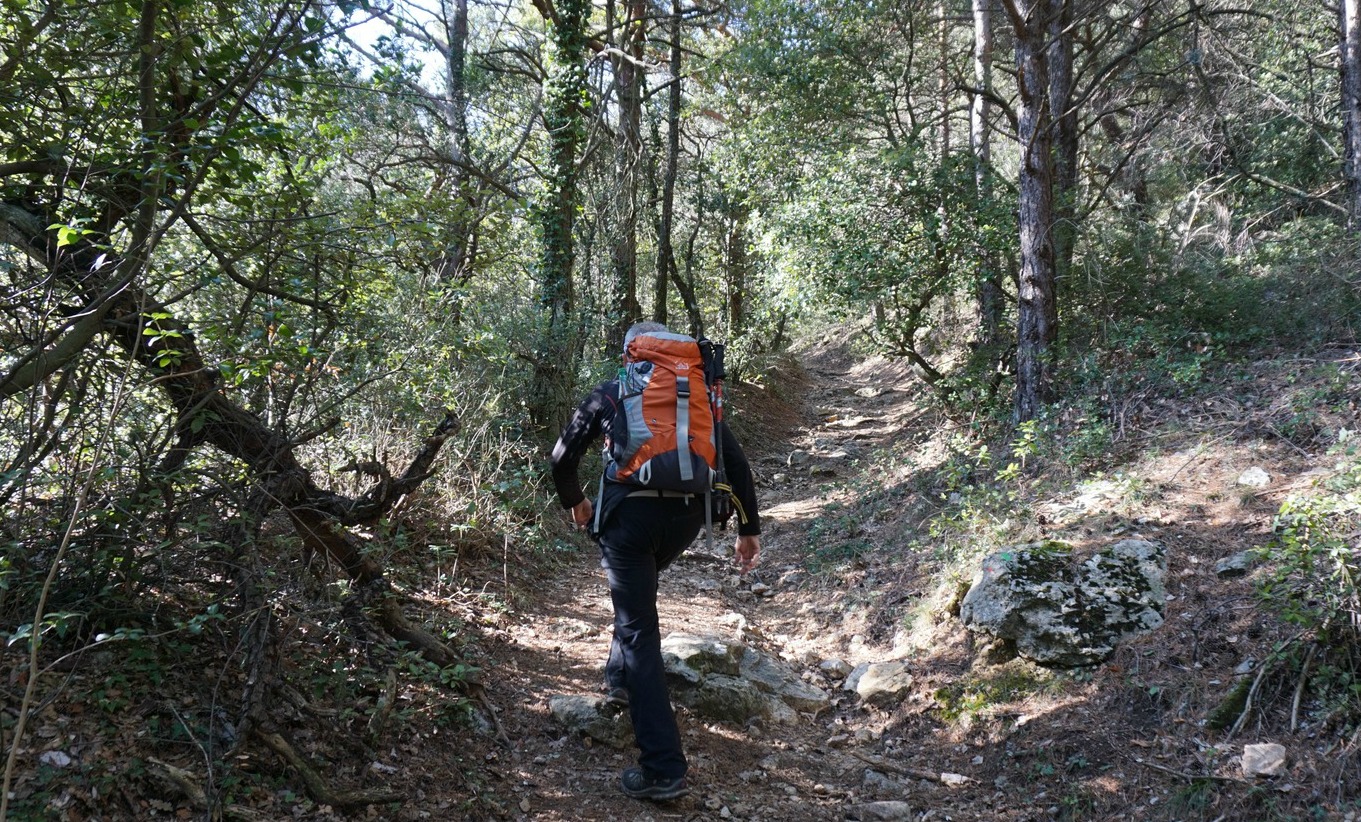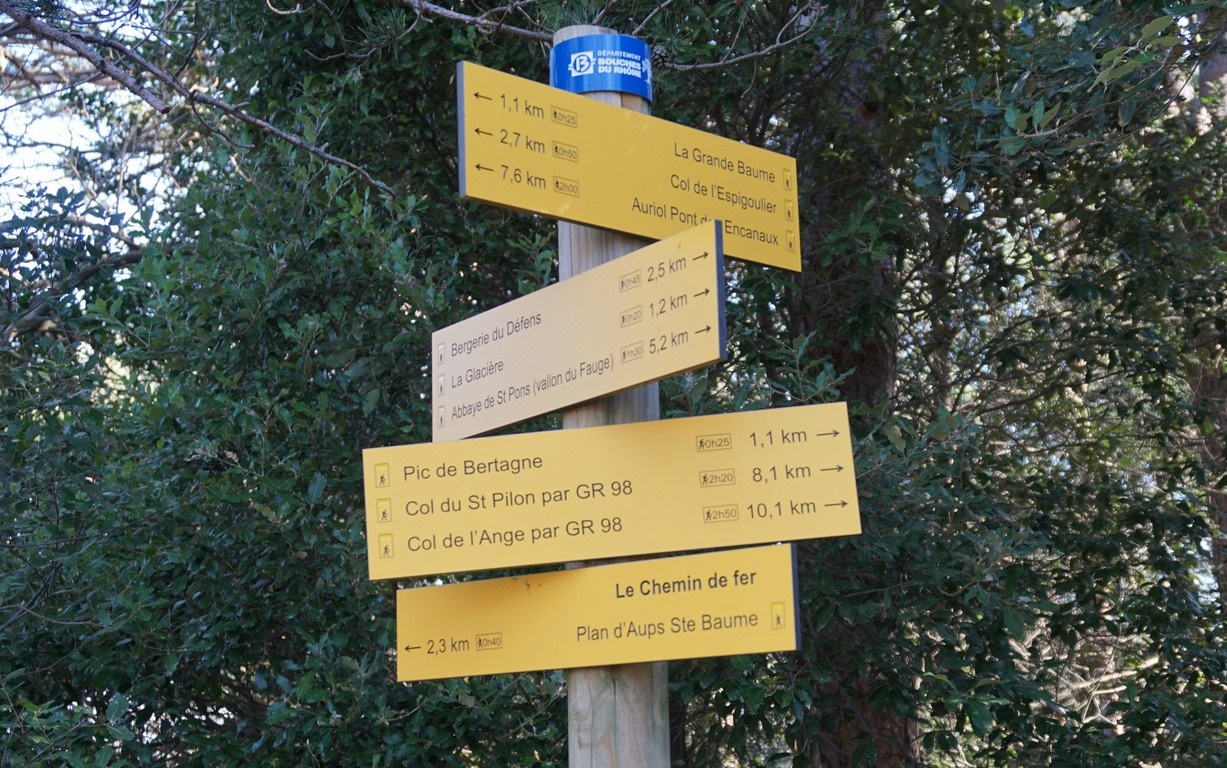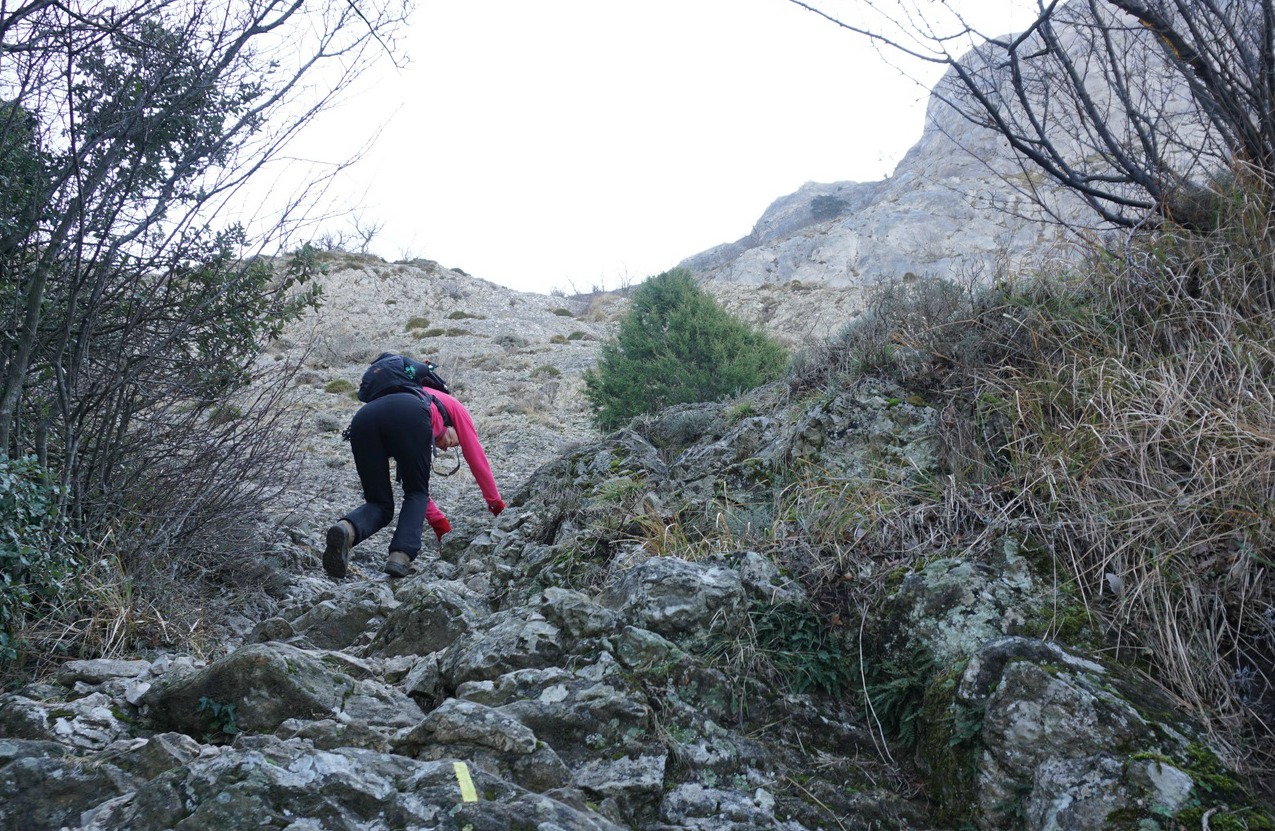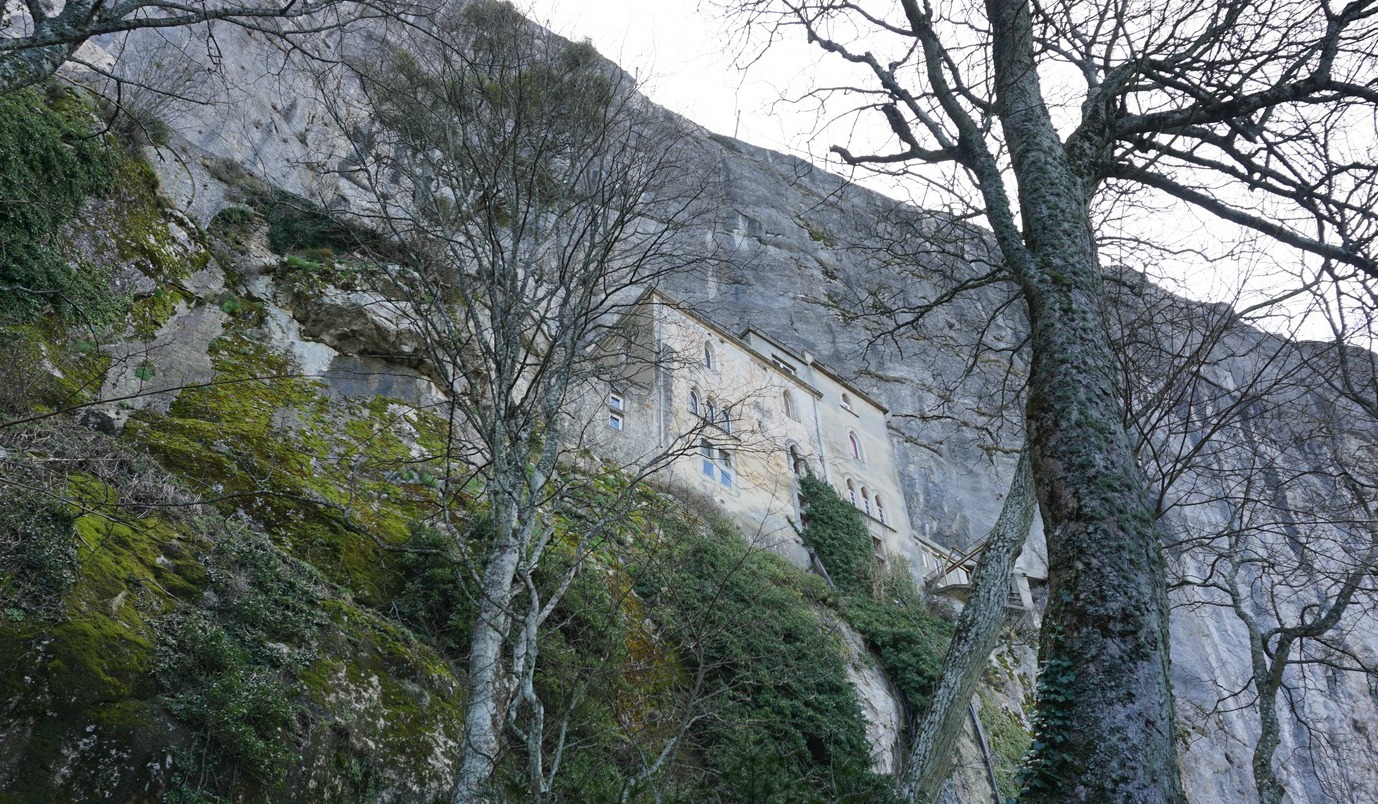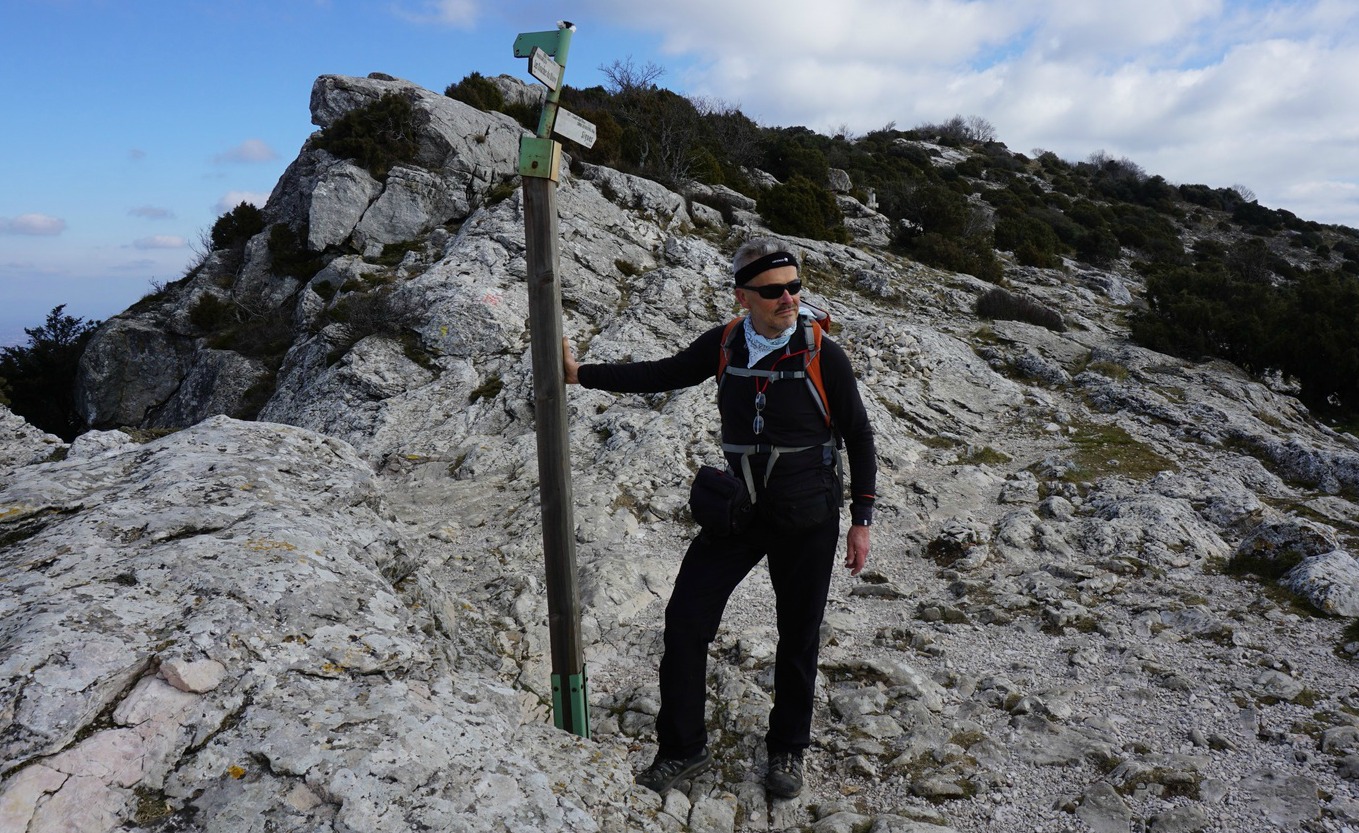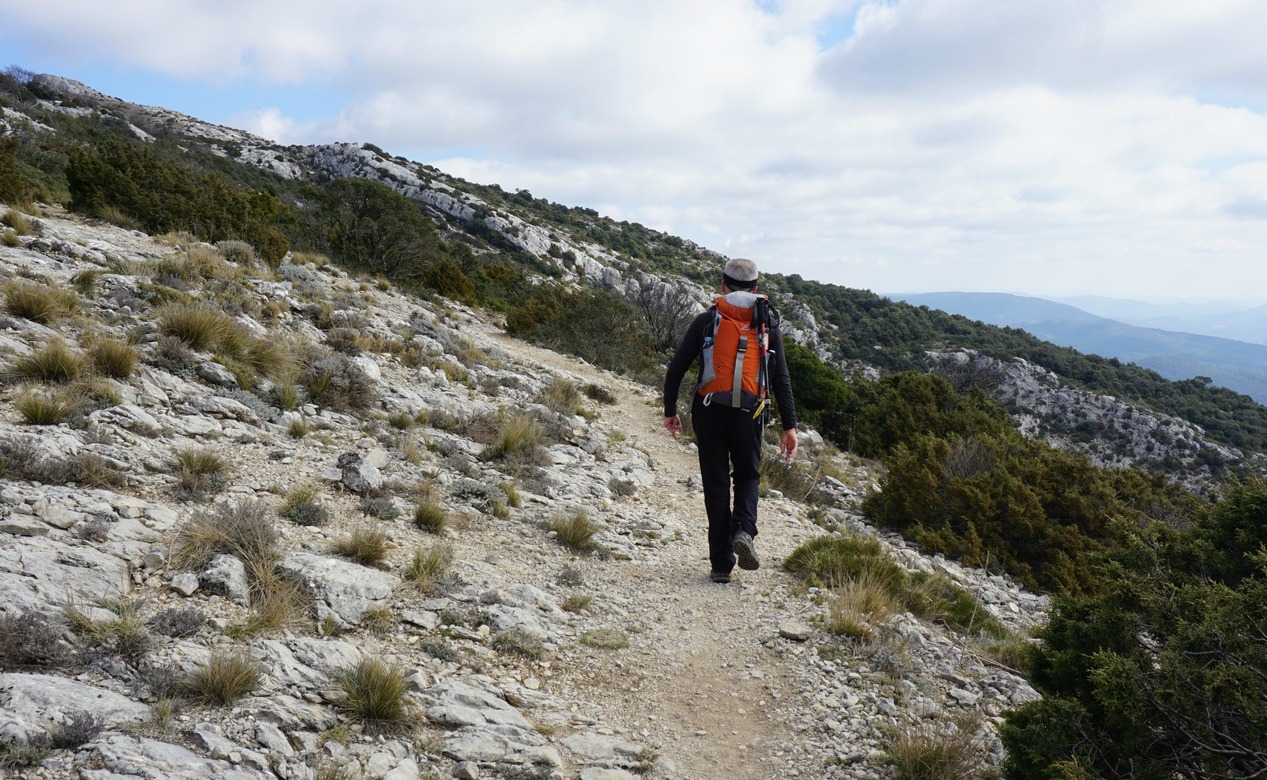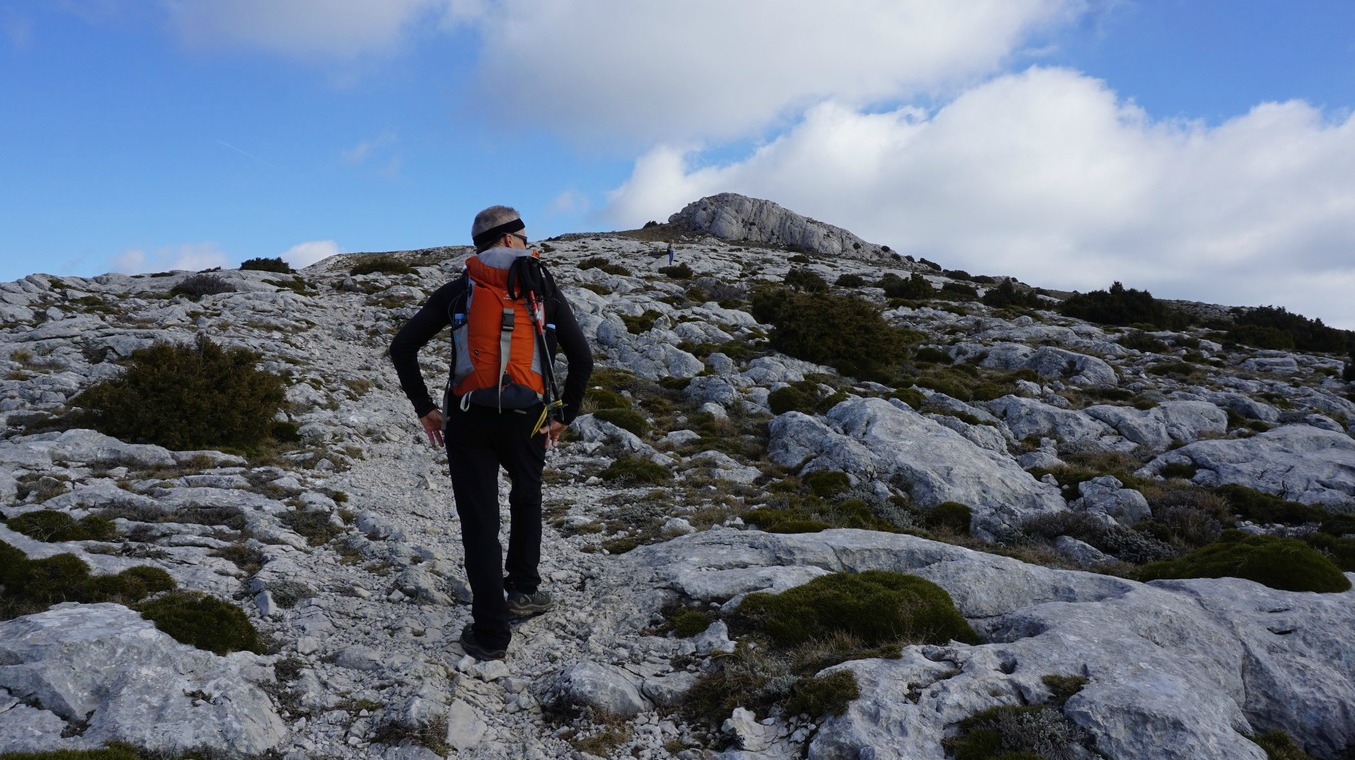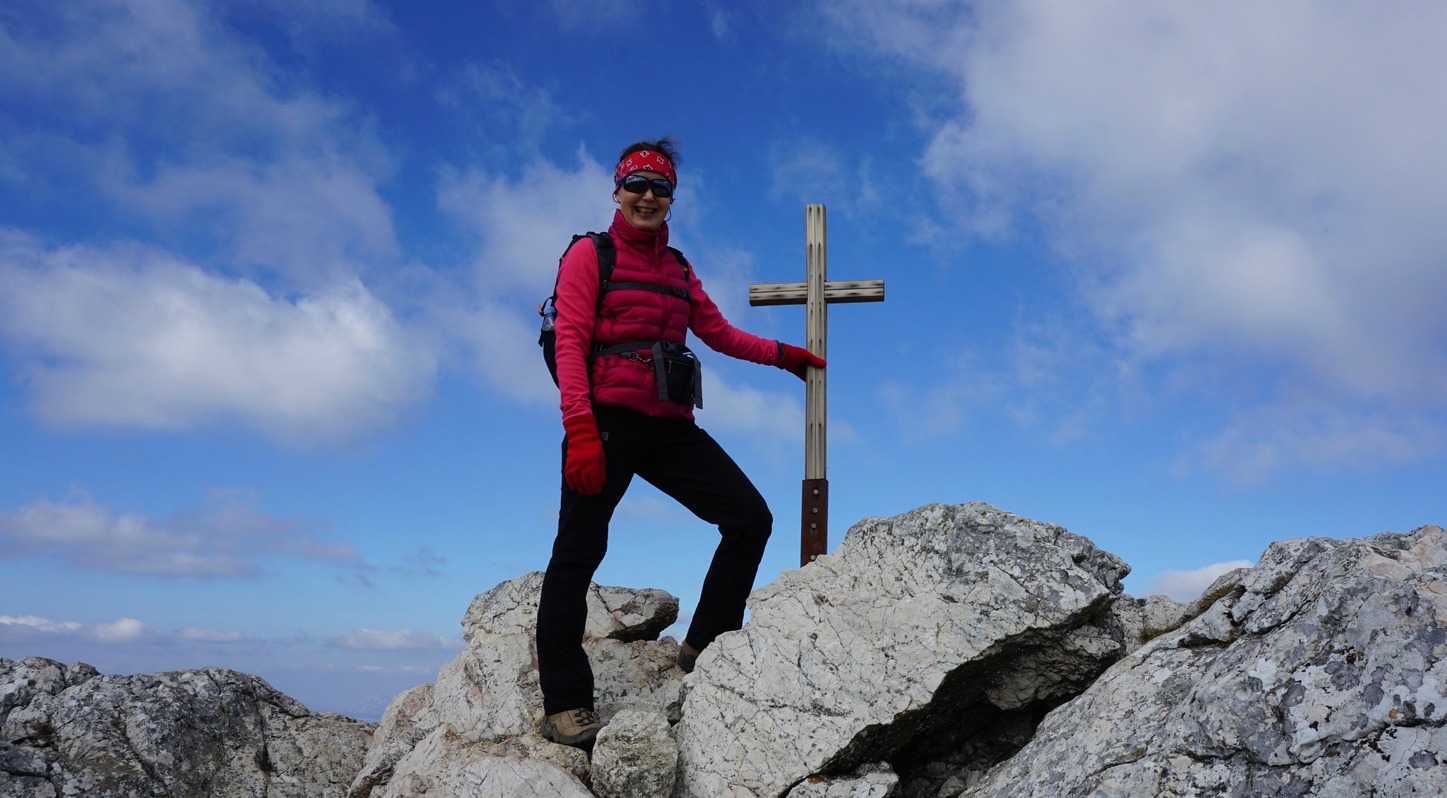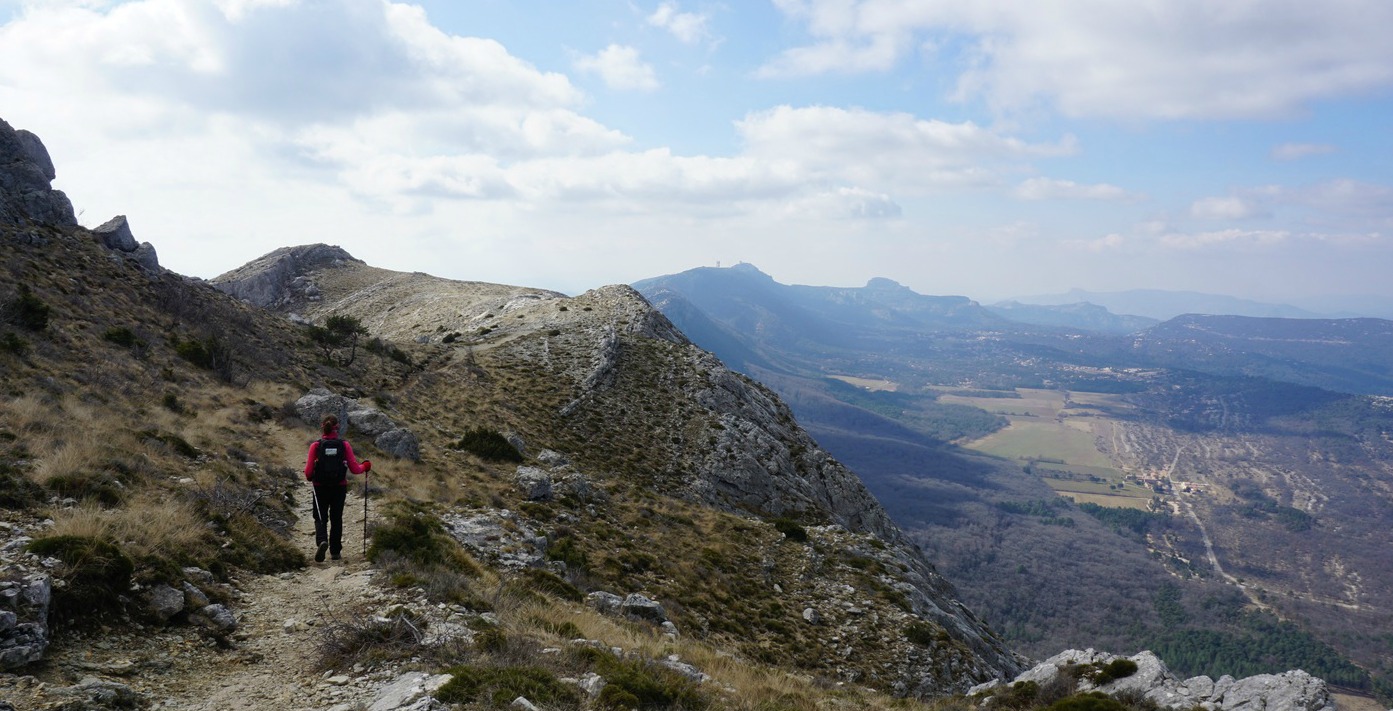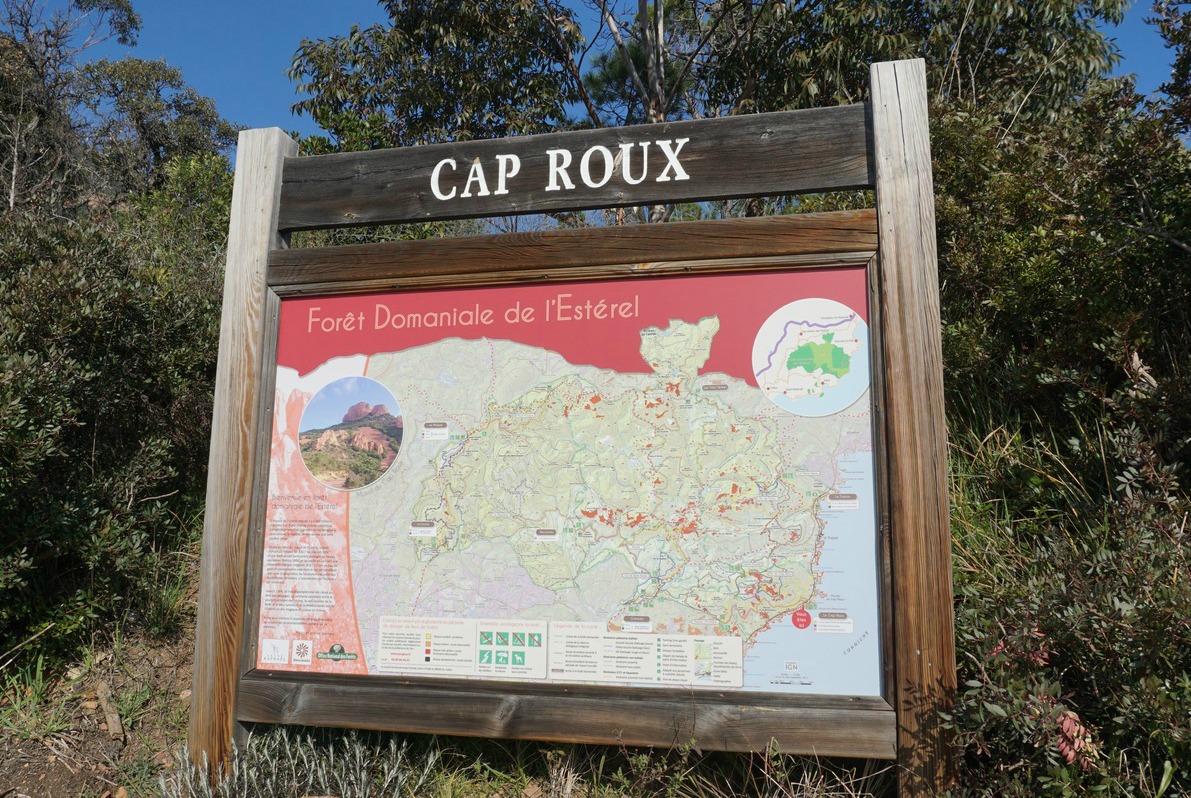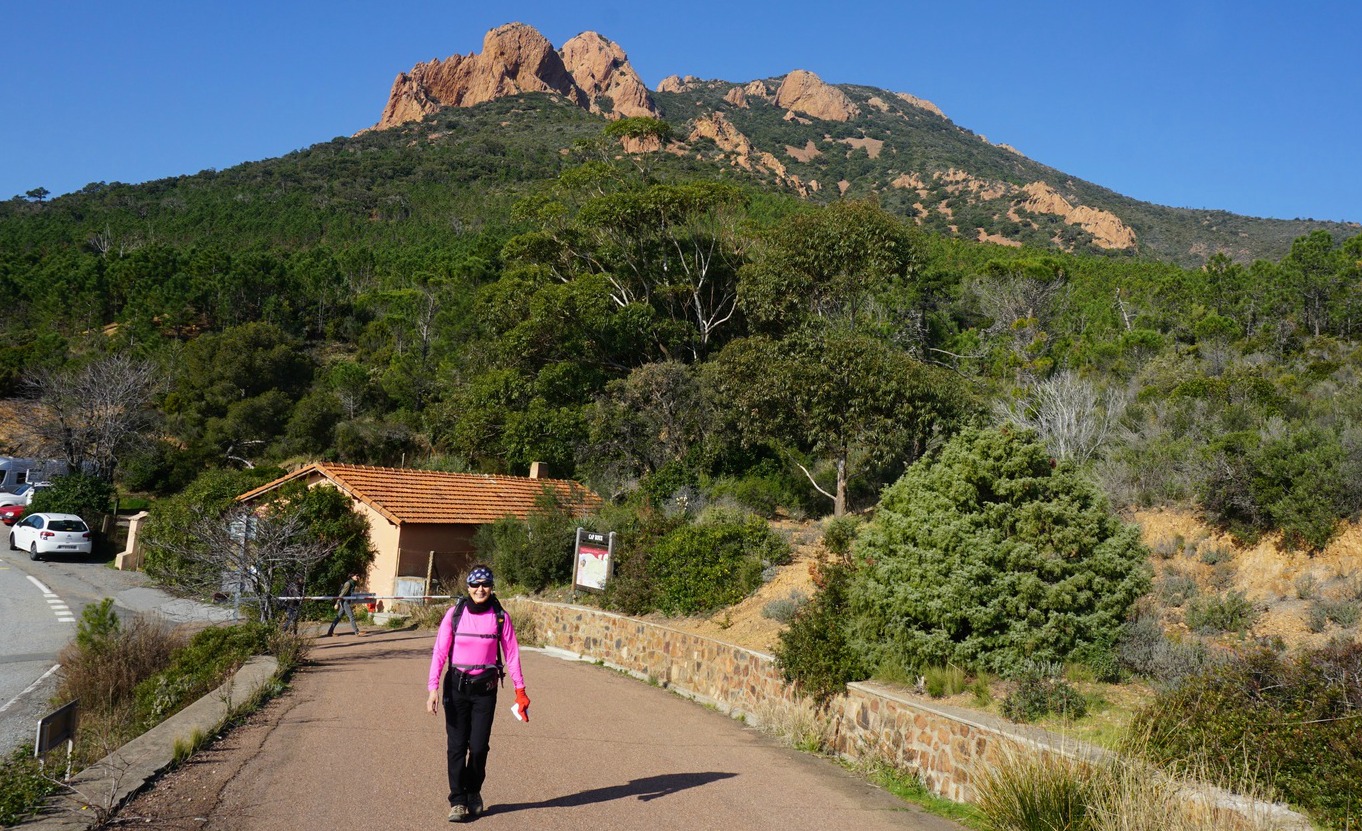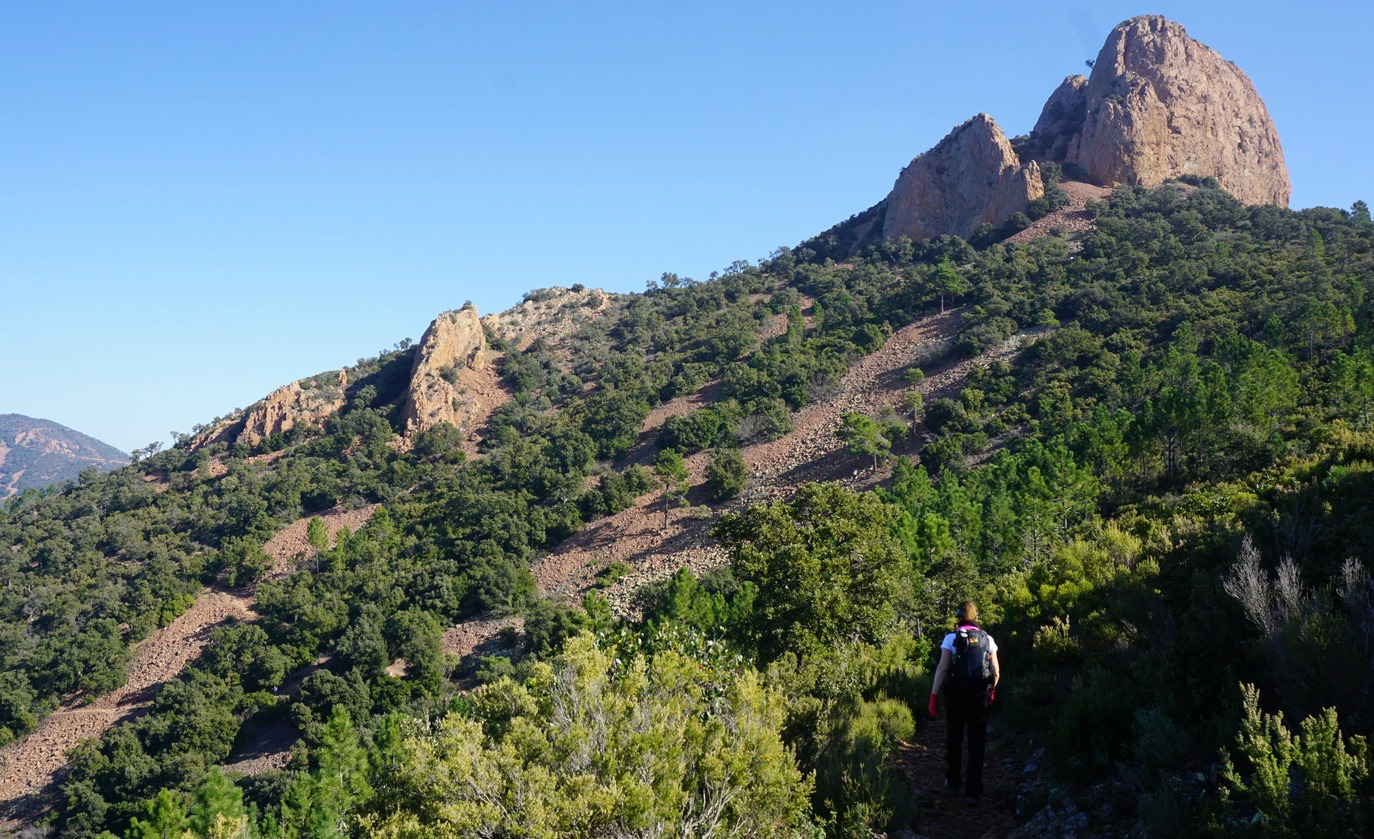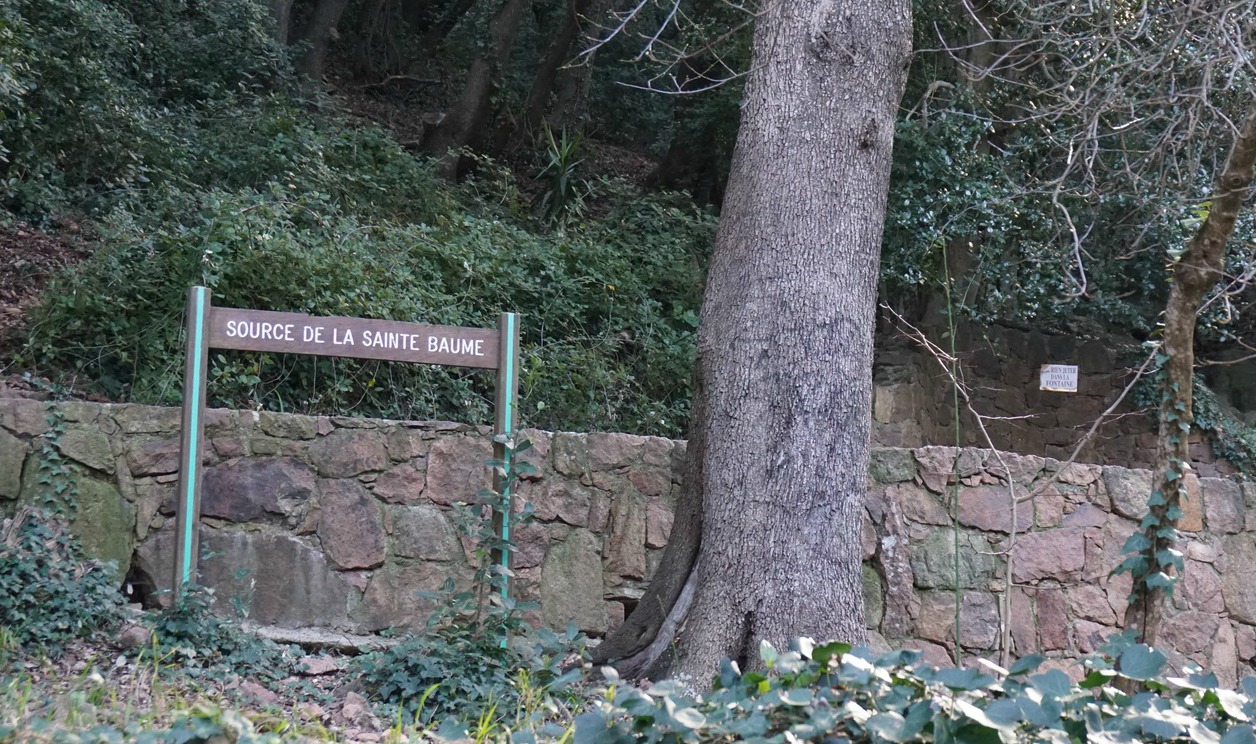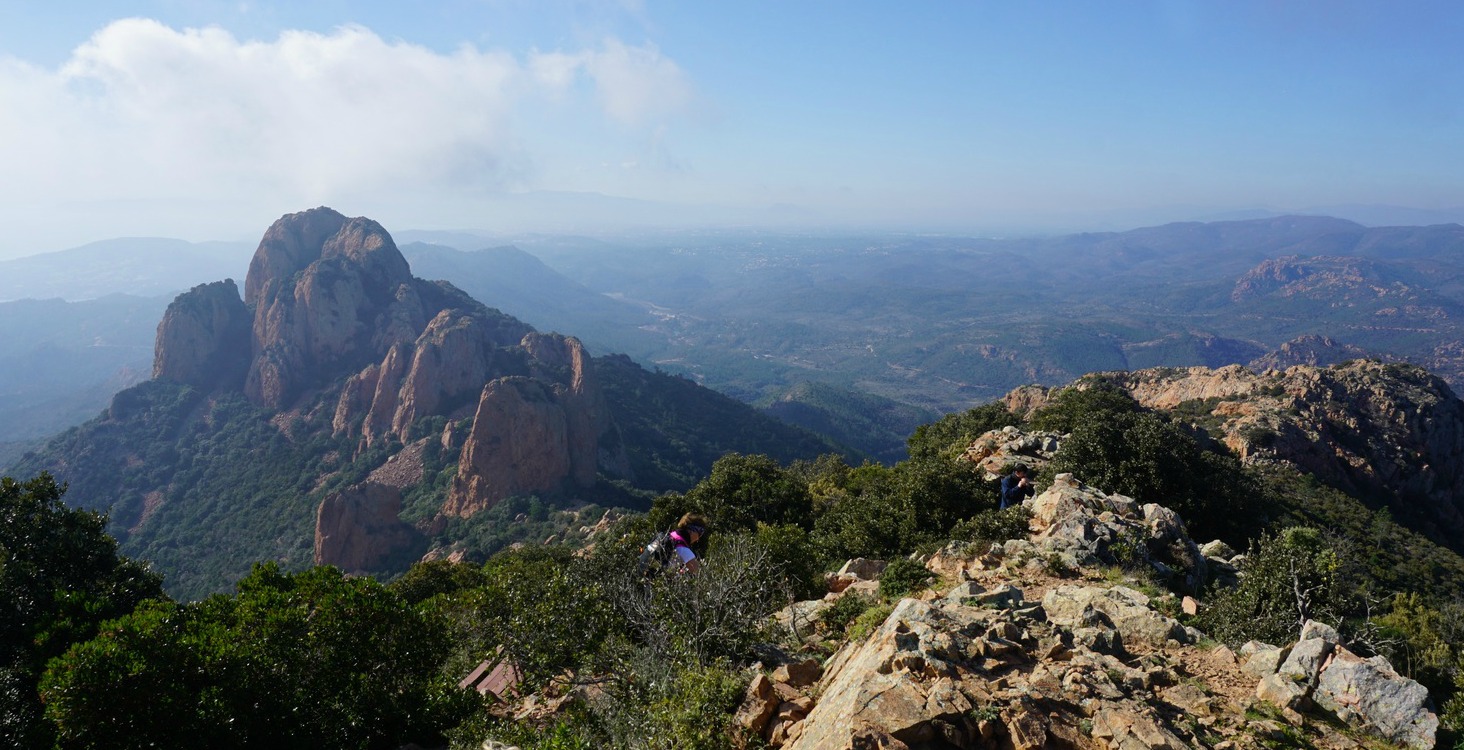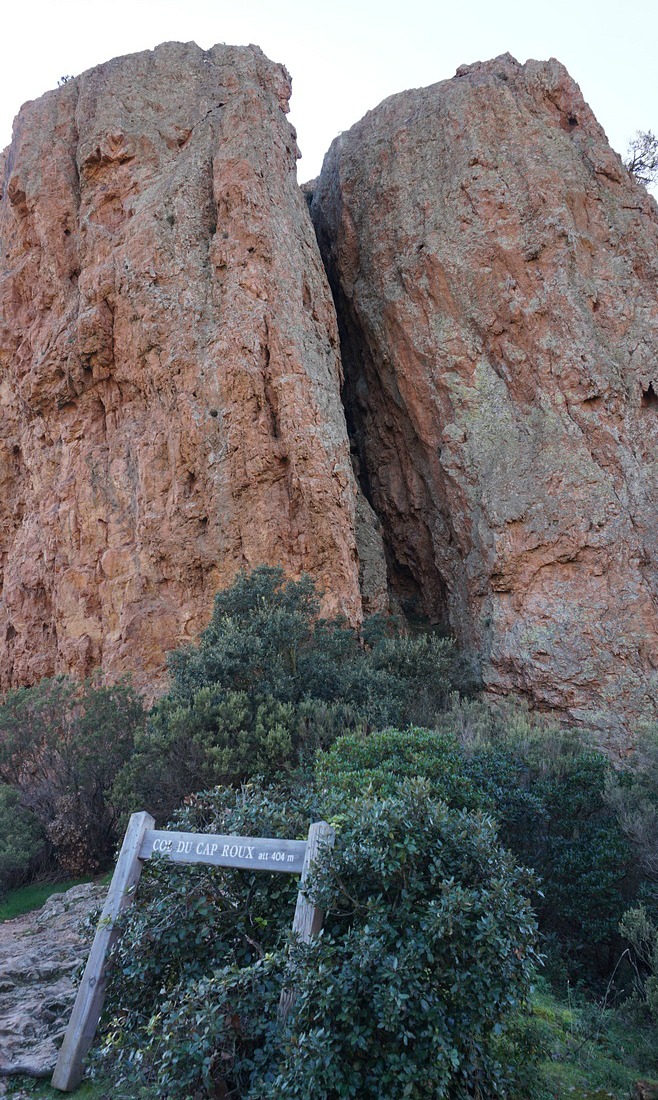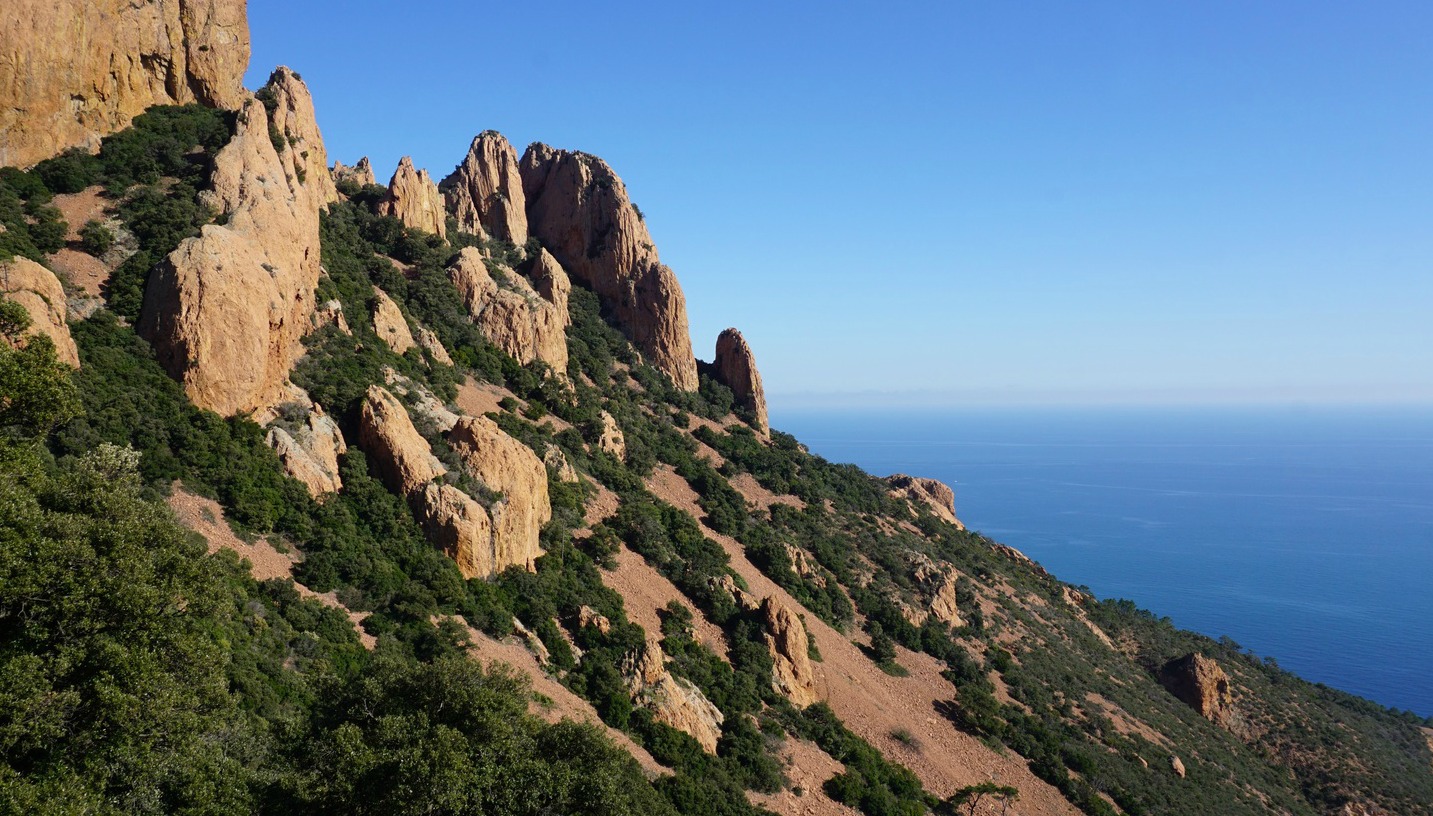

The small town of St- Maximin in Var not far from the A8 motorway has become a popular stop for lunch for travellers touring Provençe. But St- Maximin has been visited by pilgrims for centuries because of the Mary Magdalene legend. Every 22nd July, hundreds of pilgrims gather to the small town to follow the relics of Mary Magdalene (only the scull and tibia are said to rest) being carried along the narrow streets.
According to the Provençal mythology Mary Magdalene arrived by sea below the summits of of Sainte- Baume massif and lived in a cave for several years. When she felt that death was imminent, she descended from the mountains, received the last blessing from Saint Maximin and died.
In 1279, the count of Provençe claimed to have found the crypt with the relics of Mary Magdalene hidden by local people. He then started the construction of a basilica and monastery at the site. The basilica’s present Gothic shape was completed in the fifteenth century, but its decoration continued long after.
We visited the basilica in mid-February in connection with a hiking trip to the Sainte-Baume Massif. For more atmosphere, we stayed in Hotel Le Couvent Royal which is next to the basilica and used to be a monastery. It is built around a cloister and its excellent restaurant and breakfast room are in Gothic style.
The basilica is certainly worth a visit. The overall Gothic style is impressive. The crypt, where the relics of Mary Magdalene are kept, is under the basilica’s floor. The basilica was open daily from 7.30 am to 7.30 pm during our visit.

This is a great recipe to make in winter when organic local lemons from Eze and organic oranges are available in our supermarket in Nice. Fresh whole sea bream, daurade, is used in the recipe but it works well with any fresh whole white fish.
2 servings
2 serving size daurade, sea bream
1 organic lemon
1 organic orange
2 tbsp. olive oil
2 tbsp. minced parsley
A pinch of salt, optional
Ask your fish monger to clean and descale the fish.
Preheat the oven to 200°C, roast.
Wash the orange and lemon and cut them into thin slices. Place 1 tbsp. minced parsley and a pinch of salt, if you wish, in the cavity of each sea bream. Then fill the cavities with some lemon and orange slices. Place the sea bream in an oven- proof dish and divide the rest of the lemon and orange slices on top of the fish. Sprinkle 2 tbsp. olive oil over the fish.
Roast in 200°C for about 30 minutes depending on the size of the sea bream. Test that the fish is done by making a deep cut with a sharp knife or by looking inside the fish. The fish is cooked when it is opaque.
Serve with steamed new potatoes and some wilted spinach or chard.

Pic de Bertagne (1041 m) is the westernmost summit of the Sainte-Baume Massif. From the summit, view to the Mediterranean Sea is impressive. Unfortunately, on our given day foggy clouds were ascending from the sea.
From Plan d'Aups-la-Sainte-Baume town centre we followed a small road about 500 m to La Brasque. The road that went up to the mountain ridge was closed for unauthorized traffic. We used the spacious parking before the gate.
We took the trail on the right-hand side of the road that ascended in the woods to Col de Bertagne. Here we noted a monument erected for the memory of Excursionnistes Marseillais and next to it a comprehensive signpost as the col was at a crossroads of many trails. Our plan was to climb directly to Pic de Bertagne. Another longer option was to circle under the mountain and then to ascend from the southern side.
The signpost showed the direct way: 25 min and 1,1 km with frequent yellow markings. We first ascended in the woods. Soon the incline became steeper, and we came above the tree line. We had to scramble for 15 min or so, and wet rocks made the progress slower and more delicate.
We eventually reached the mountain ridge and a plateau 400 m from Pic de Bretagne. The paved road ran along the ridge to the air traffic radar on the summit. Entry to that area was prohibited. We nevertheless found a good spot for our picnic near the installation.
On the way back we used the road. The trail we climbed would have been dangerous to descend.
Climb: 350 m
Distance: 8,3 km
Duration: 2h 20
Map: IGN 3245 ET

This simple recipe needs quality ingredients: organic chicken thighs, fresh sage leaves, and a sprig of fresh rosemary.
2 servings
4 organic chicken thighs with skin, hauts de cuisse de poulet
4 large fresh sage leaves
A sprig of fresh rosemary
2 tbsp. olive oil
1 small onion
1 clove garlic
50 ml white wine
150 ml hot chicken stock
Freshly ground black pepper
1 egg yolk
Juice of ½ lemon
Chopped parsley to decorate
Push the sage leaves under the chicken skin. Warm the olive oil in a heavy casserole over medium heat and fry the chicken thighs on both sides until golden. Chop the onion and mince the garlic clove and add to the casserole. Continue cooking for about 5 minutes.
Pour in the wine and chicken stock, add the rosemary and black pepper. Cover and simmer for 45 minutes.
When the chicken is done remove the thighs from the casserole and keep warm.
Strain the cooking liquid remaining in the casserole through a sieve and turn the heat very low. Whisk together the egg yolk and lemon juice, and keeping the heat very low gradually add to the casserole whisking all the time. This will thicken the sauce.
Divide the chicken thighs and the sauce on the plates. Serve with green lentils or microwaved new potatoes and microwaved butternut squash cubes or broccoli. Decorate with parsley.
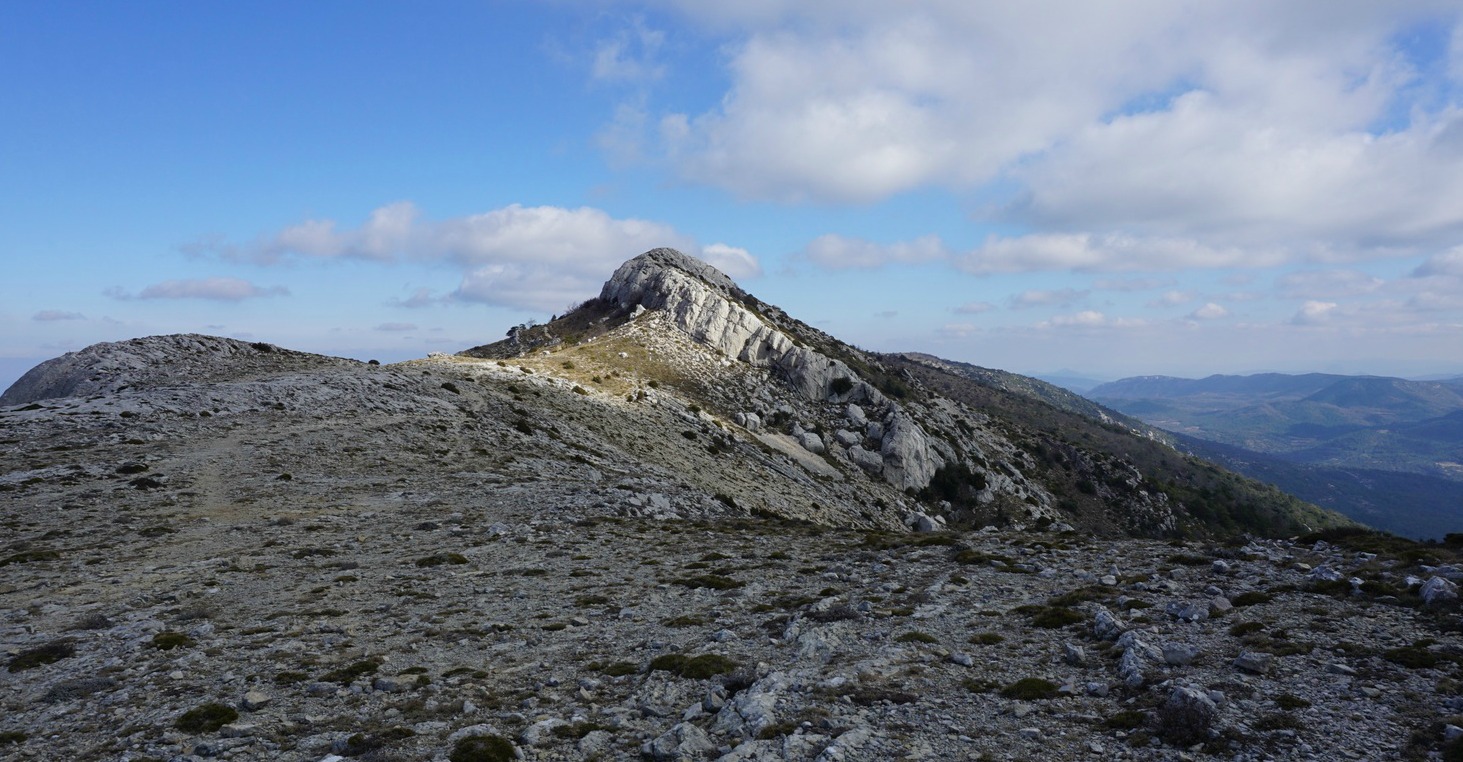
The mythic ridge of the Sainte-Baume Massif about 20 km from the Mediterranean Sea as the crow flies offers great views and extraordinary hiking. But the greatest attraction in this area is Maria Magdalena’s cave and the rather sombre chapels that were built around it. According to the legend, Maria Magdalena arrived first to Marseille and then to this remote cave where she lived for several years.
We started our hike from the Hôtellerie of Sainte-Baume (670 m), following the GR 9 trail which took us past a field before it dove into a magnificent forest (Foret Domaniale de la Sainte-Baume). We ascended along a wide trail to a crossroads where we forked right, making a detour to the cave and the chapels.
After the visit, we descended back a bit to follow the GR9 trail and ascended along it to Col du St-Pilon (953 m) on the ridge of the Sainte-Baume Massif. From here, the GR 9 trail runs to the east, following the ridge whereas to western part is marked as GR 98. We forked left as we had planned, ascending gently in a barren and rocky terrain. The trail was very well marked with white/red signs. The highest point of the ridge (1148 m) is in fact shared by two summits: Jouc de l’Aigle and Signal des Béguines, about 1,5 km further east.
From Col du St-Pilon, the ascent to Jouc de l’Aigle was only about 200 m. Just before the summit, some easy scramble was needed. A cross was erected on the summit. In spite of the haze, we saw Mont Sainte-Victoire in the northwest and the Mediterranean Sea in the south.
We used the same trail back as far as to the crossroads below the cave. Here we took the wide right-hand trail which descended in the forest to “Trois Chenes”, then headed back to our starting point less than a km away.
Climb: 480 m
Duration: 3h 10
Distance: 9,7 km
Map: IGN 3345 OT Signes Tourves Massif de la Sainte-Baume
Our GPS track is shown below
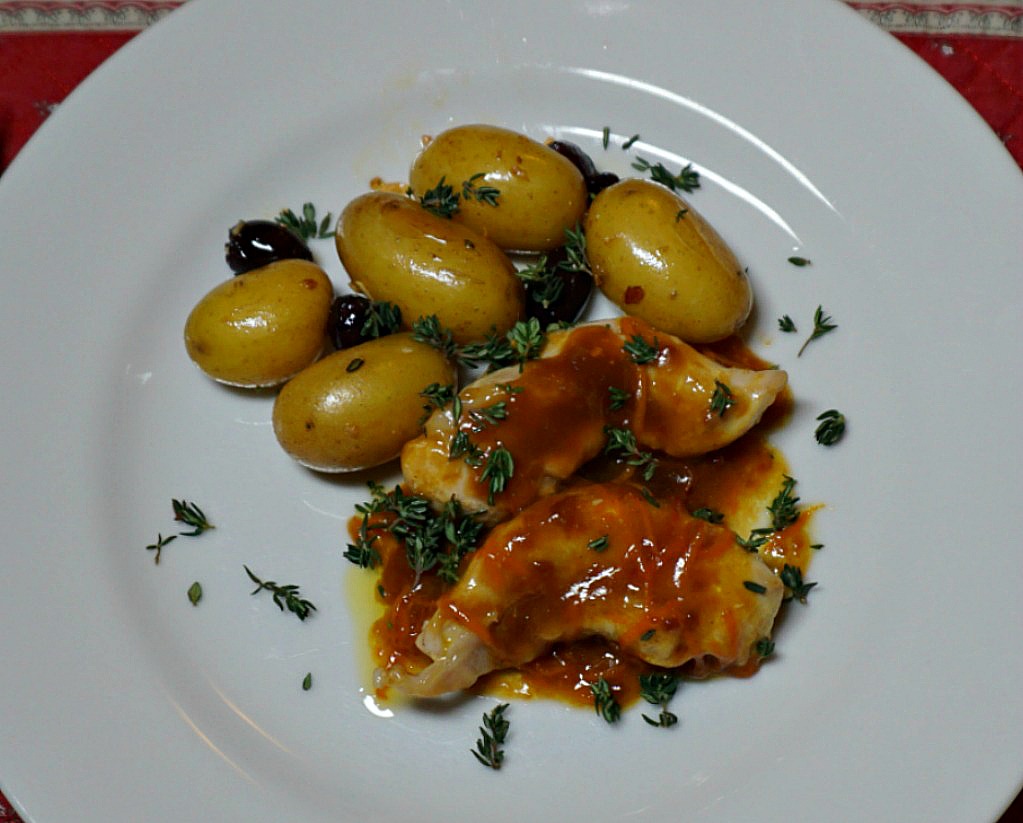
Rabbit meat is farmed throughout the Mediterranean. In our supermarket in Nice, rabbit is sold as fillets, legs, and as a whole rabbit cleaned and cut into chunks.
The following recipe is a twist of a chef’s recipe in Nice Matin, the local newspaper. I have modified the recipe easier and quicker to make without sacrificing the taste. If you don’t find rabbit fillets in your area, you could use slices of chicken breast or duck breast without fat.
2 servings
4 rabbit fillets
10- 12 very small new potatoes
1 clove garlic, minced
250 ml veal stock, fond de veau
8 black olives, pitted
Olive oil
2 sprigs of fresh thyme
2 tbsp. thyme leaves
1 fresh bay leaf
1 organic orange, zest and juice
In a heavy casserole, warm 2 tbsp. olive oil over low heat. Add the thyme sprigs, bay leaf, and minced garlic and sauté for about 10 minutes.
Meanwhile wash and microwave the potatoes until cooked. Add to the casserole and sauté until coloured to light golden. Then add the olives, cover and keep warm.
At the same time sauté the rabbit fillets and cook the veal stock in a small saucepan.
Warm 2 tbsp. olive oil in a frying pan over medium heat and sauté the rabbit fillets 4 minutes on both sides. Zest the orange and press into juice. Add these to the frying pan and let reduce for about 5 minutes over medium heat, turning the fillets occasionally. At the same time reduce also the veal stock in the small saucepan, then pour to the frying pan over the rabbit.
Divide the potatoes and the rabbit fillets on the plates. Drizzle over the sauce and decorate with thyme leaves.

This is a magnificent hike in the red Esterel Mountains offering great views to the Mediterranean Sea. We did this hike on a warm February Sunday. It also happened to be during school holidays and the trail was extremely popular.
The soil and rock of the Esterel Massif is of volcanic origin, hence the peculiar red terracotta colour.
The hike we did ran inside Réserve Biologique de l’Esterel in the southernmost part of the massif in the Var Department. We planned a loop hike with Pic du Cap Roux (453 m) as the highest point.
We started the hike from the parking called La Pointe de l’Observatoire on the D559 road between Theoule-sur-Mer and Agay.
We first ascended along a paved road about 2 km (closed for regular traffic) as far as to Rocher St-Barthélémy. Here we exited the forest road, hit the trail proper and ascended along it to Col du Saint-Pilon. We then descended to Sainte-Baume where we passed a water source and started a long ascent along the northern flank of the mountain, passing the short side trail to a chapel.
Note that compared with most trails in Alpes-Maritimes, signposts here were sporadic or non-existent but the trails were marked with yellow and/or blue. So, we first missed the ascent from Sainte-Baume.
We reached the crossroads just under the summit of Pic du Cap Roux, climbed up to admire the views. The day was clear, but some coastal fog started to form during our picnic on the top, making the visibility somewhat reduced.
We then descended to Col du Cap Roux. Here we forked left, following the yellow-marked trail. At the next crossroads we again forked left (yellow signs, no signposts). We continued along the trail that ran in the southern incline of the massif, with the Med in sight. We forked left for the third time at the next crossroads, crossing a valley. At one point we thought we might end up too much east but no worries: we eventually reached a wider path not far from the main coastal road and the railroad, turned almost 180°, and headed southwest. We crossed the above-mentioned valley again, now lower, and soon reached our starting point.
Distance: 12 km
Climb: 610 m
Duration: 4h 20
Map: IGN 3544 ET Fréjus St-Raphaël Corniche de l’Esterel
Our GPS track in shown below. Just ignore the small marked detour at Sainte-Baume!









